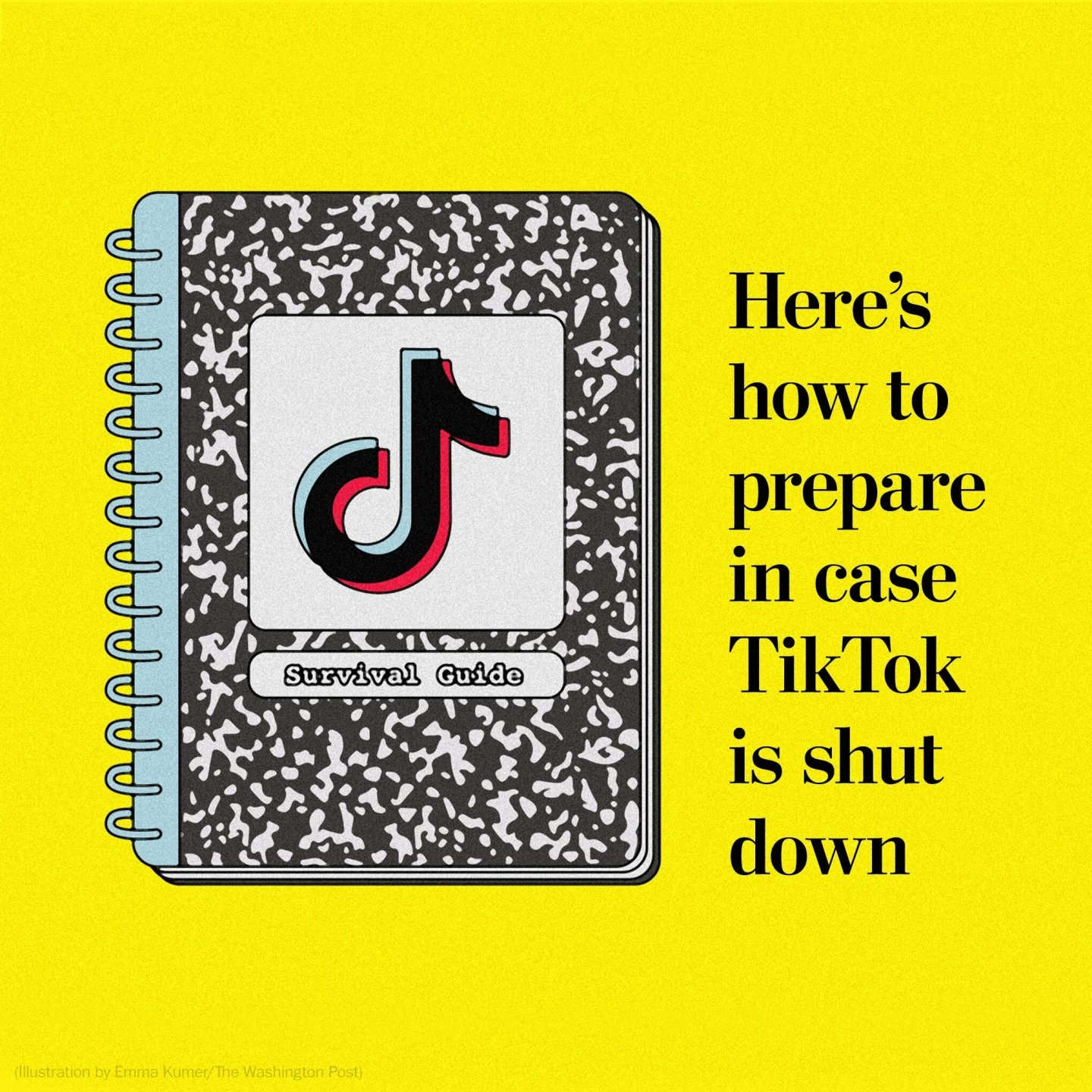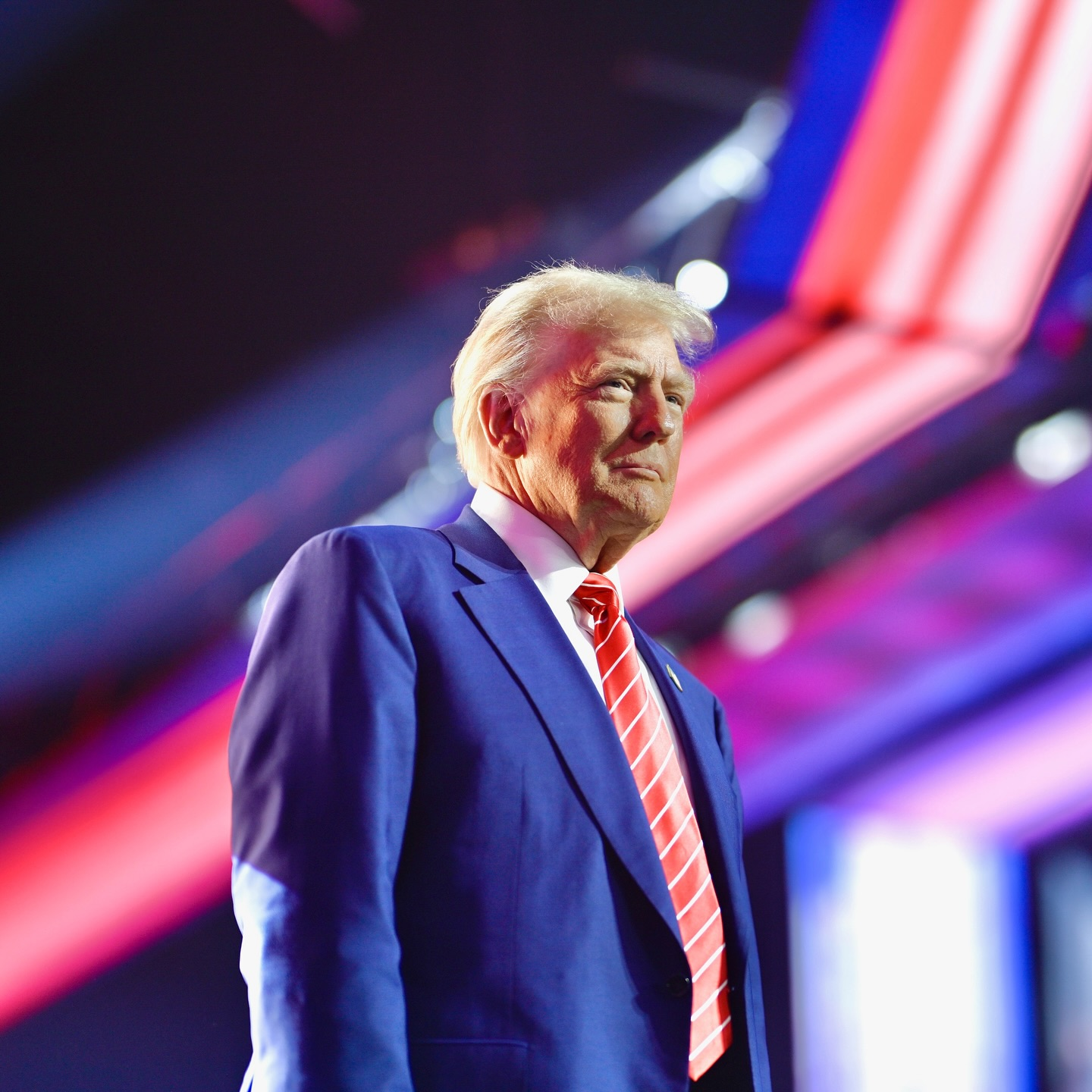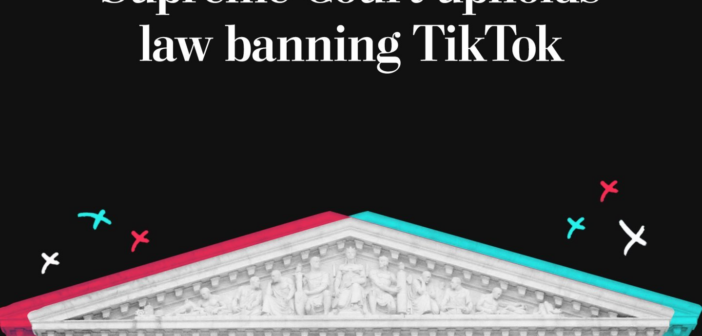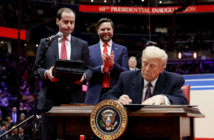By Hadassa Ferreira, Arts & Culture Editor
It has been more than two decades since social media emerged, connecting people from all over the world. In the past five years, one app that has seen enormous success, particularly with Gen Z, is TikTok. The platform’s popularity has soared, with more than 170 million users in the United States alone.
However, despite its popularity, the China-based ByteDance app has faced mounting scrutiny, culminating in its official ban on Jan. 19, 2025.
It has been more than three years since concerns were first raised about TikTok’s threat to U.S. national security. Since the platform is owned by a Chinese company, U.S. officials have raised alarms that China could use the app for espionage, particularly by collecting sensitive data from American users.

Due to national security concerns, former President Joe Biden signed a law in April 2024 banning the app in the United States unless ByteDance sold the company to a non-Chinese entity. In the months that followed, a legal battle ensued between ByteDance and the U.S. Department of Justice. In December 2024, the Court of Appeals upheld the ban, a significant moment in the ongoing debate over the app’s role in American society.
The issue grew more complex as many Americans viewed the TikTok ban as a violation of free speech, citing the platform’s role in communication and creative expression.
Therefore, the case went to the Supreme Court, which upheld the ban on Jan. 17, 2025. The Court ruled that the TikTok ban does not violate the First Amendment because the app’s vulnerability to foreign control and its extensive collection of sensitive data warranted special treatment.
Although the law was enacted and upheld by two courts, its enforcement was placed in the hands of the new Trump administration, which took office on Jan. 20, 2025. President Donald Trump, who assumed office that day, was committed to saving the platform in the United States.
After negotiations with TikTok CEO Shou Zi Chew, Trump said he believed he could stop the ban. The Republican president also announced he would sign an executive order on Jan. 20, delaying the ban by 90 days in an effort to resolve national security concerns while also allowing millions of Americans to continue using the platform.
This created a controversial situation, as the current president was one of the first to push for a TikTok ban and its sale in 2020. However, the platform’s popularity and the support Trump gained from his fans’ videos led him to change his position.

Late last month, Trump said he “has a warm spot in his heart for TikTok,” reflecting his more favorable view of the platform.
Despite his efforts to save the platform, TikTok went dark on the evening of Jan. 18. However, the next day, Trump’s executive order was announced, and the service began to return to American users.
“I was really sad when TikTok was banned. It didn’t work for like two days, but everybody got it back 40 hours later,” said Josep Orellana, a senior majoring in cybersecurity. Many users, like Orellana, experienced a brief disruption, but were relieved when the service returned.
After the shutdown on Jan. 18, users who already had the app saw it stop functioning when they opened it, with a message directing them to news about the ban. Some users were still able to access TikTok for a few days after the shutdown.
However, Google and Apple were prohibited from allowing new downloads of TikTok in the United States and could face fines of up to $5,000 per user who downloaded the app.
Trump’s executive order, signed on Jan. 20, postponed the ban by 75 days, allowing time for further discussions and negotiations.
“I felt very out of the loop when it was gone, but I’m glad it’s back. I love TikTok,” Orellana said, expressing the sentiment of many users who were eager for the platform’s return.
Despite the ongoing controversies surrounding TikTok, social media remains an essential communication tool, offering platforms for expression and connection. TikTok, in particular, has had a significant cultural impact, with millions of users worldwide. As of Jan. 19, 2025, TikTok began restoring service in the United States, and by Jan. 20, the platform was fully operational again. Users are now able to return to enjoying the content of their favorite creators, while the future of TikTok in the United States remains uncertain.





